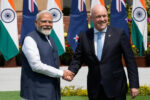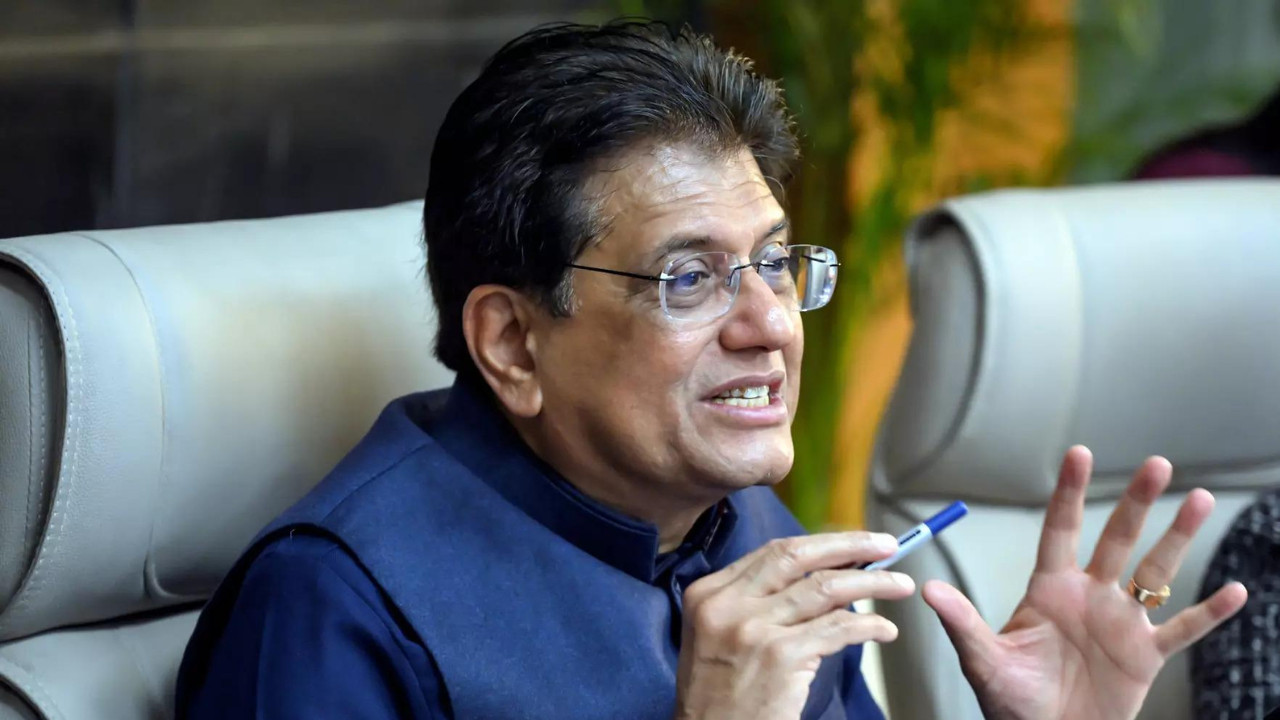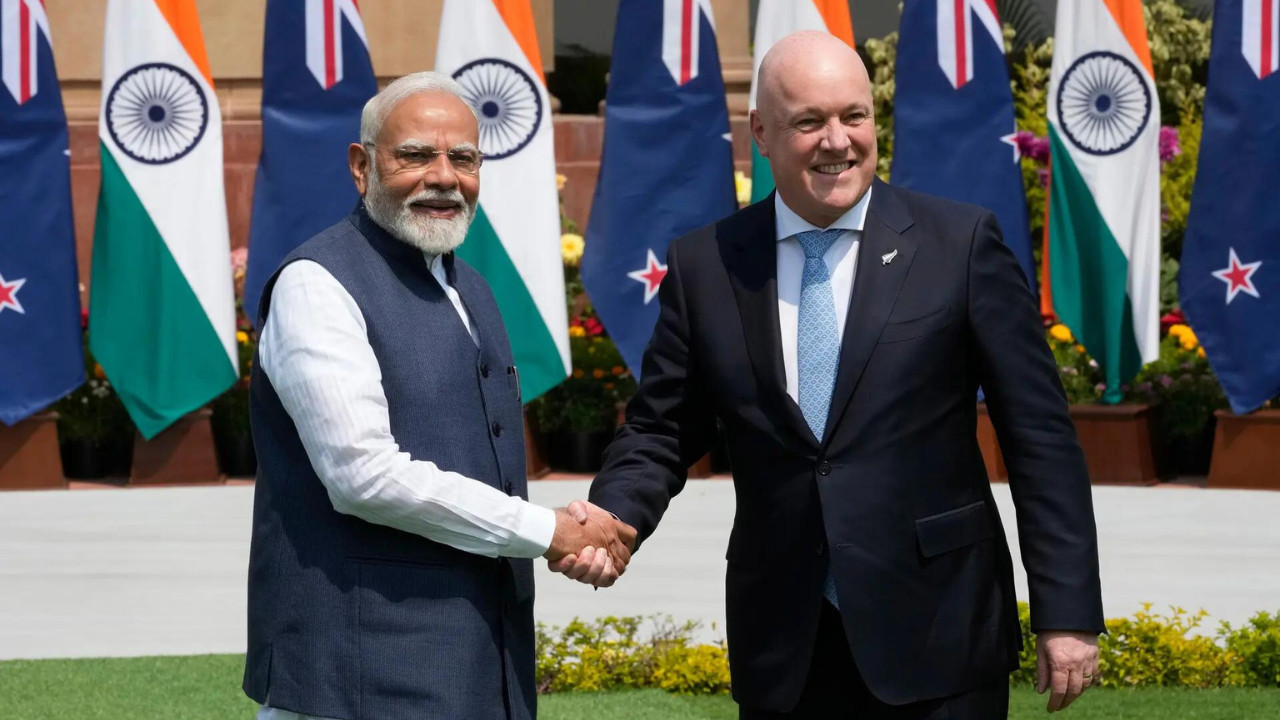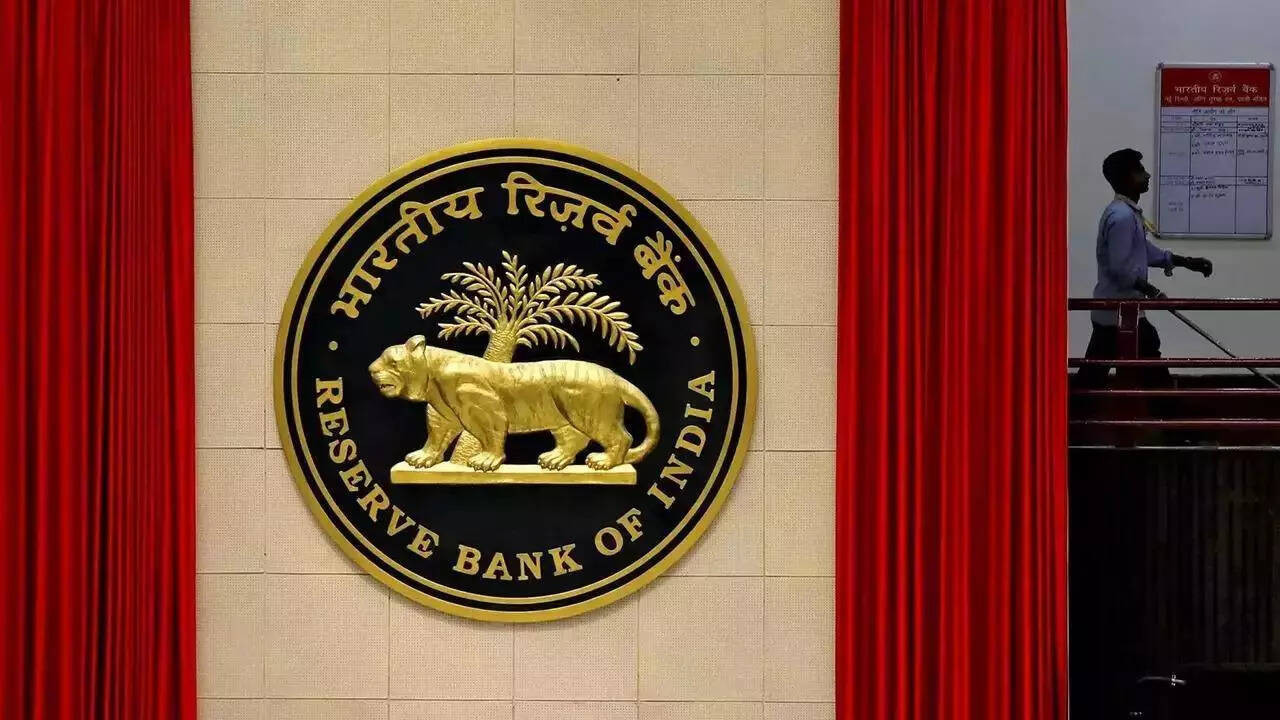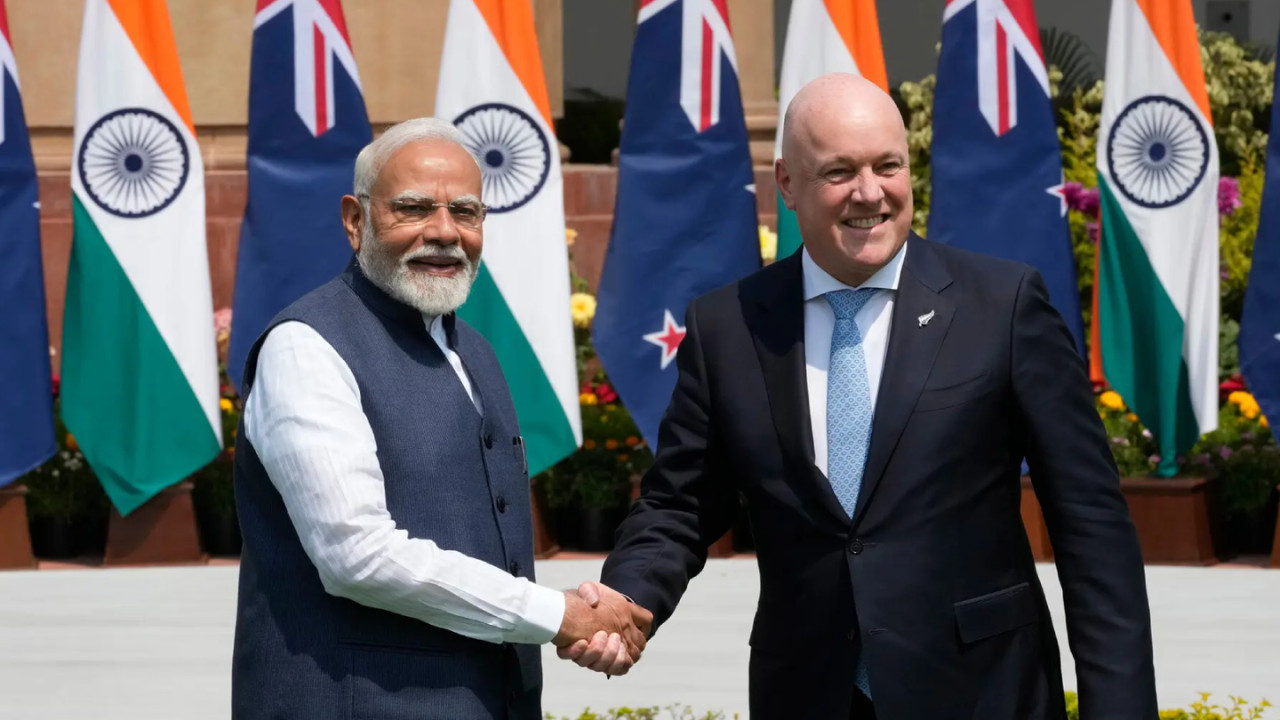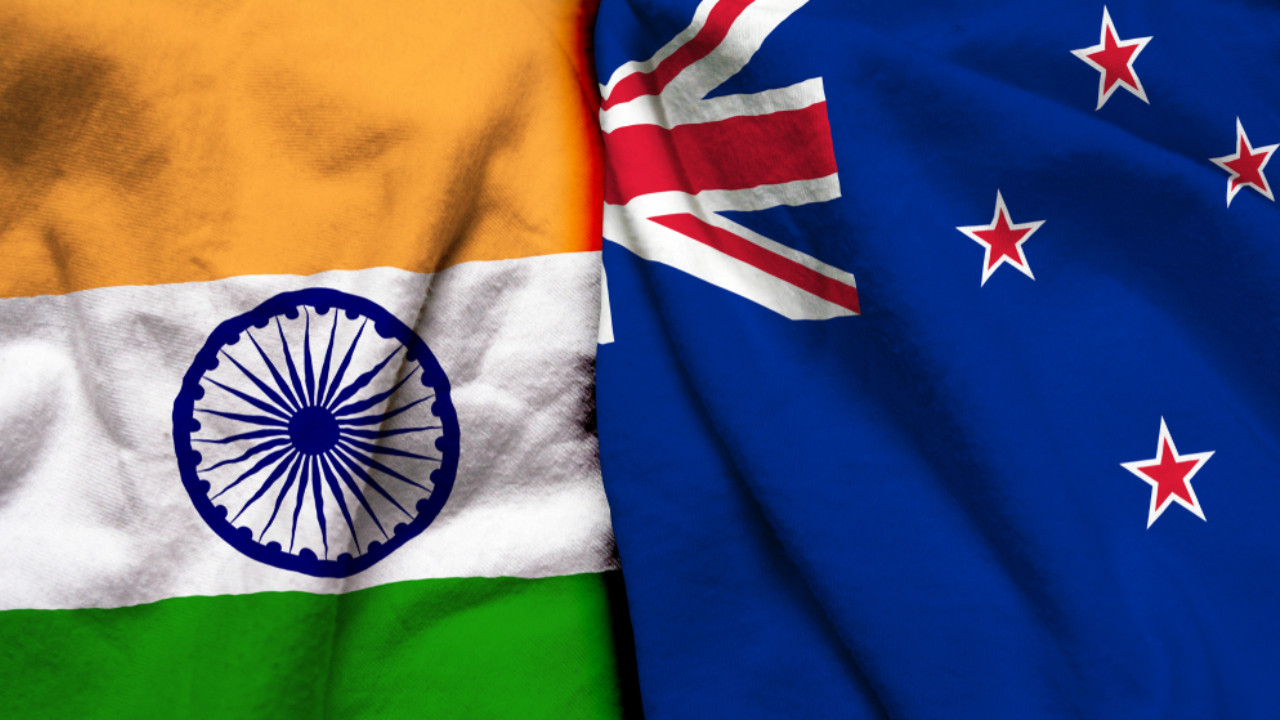The Tide Turns for HUL: Will Volume Growth Follow?
For years, Hindustan Unilever (HUL), a titan of the Indian consumer goods market, navigated choppy waters. But now, with a potential shift in economic winds, Sanjiv Nair, HUL’s executive director of Foods & Refreshment, is charting a course toward volume-led growth. The question on everyone’s mind: can HUL truly recapture the magic of consistent volume expansion?
The Indian FMCG landscape has been evolving rapidly. Consumers are becoming more discerning, demanding greater value and increasingly gravitating towards regional brands and niche offerings. This shift has put pressure on established giants like HUL to adapt. The company has been proactively tweaking its strategies, aiming to be more agile and responsive to these changing consumer preferences.
Nair’s vision hinges on tapping into the growing demand across HUL’s diverse portfolio, which spans from tea and coffee to packaged foods and ice cream. A significant part of the strategy involves strengthening HUL’s distribution network, particularly in rural areas. By ensuring wider availability of products, the company hopes to capture a larger slice of the market. But distribution isn’t the only piece of the puzzle.
Another crucial element is innovation. HUL recognizes that staying ahead requires continuously refreshing its product offerings and introducing new and exciting options that resonate with today’s consumers. This could mean developing healthier alternatives, exploring new flavors and formats, or leveraging technology to enhance the consumer experience.
The “premiumisation” trend also plays a key role. As disposable incomes rise, a growing segment of the Indian population is willing to spend more on higher-quality products. HUL is strategically positioning some of its brands to cater to this aspirational consumer base, offering premium variants and packaging to justify the higher price point. For example, consider the success of artisanal ice creams – HUL likely sees opportunities to expand into similar niche segments within its existing categories.

However, the path to volume growth isn’t without its obstacles. Inflationary pressures continue to loom large, potentially impacting consumer spending and forcing HUL to carefully manage its pricing strategies. Competition from both domestic and international players is also intensifying, making it crucial for HUL to differentiate itself and maintain its competitive edge. Moreover, unpredictable weather patterns can impact agricultural output, affecting raw material costs and ultimately, product pricing.
Nair seems to acknowledge these challenges, focusing on creating “value equations” that resonate with consumers at every price point. This means offering a range of product sizes and price tiers to cater to different income levels and consumption patterns. The company is actively investing in understanding consumer behavior and preferences, allowing them to tailor their offerings and marketing campaigns to specific target audiences. This targeted approach is arguably far more effective than a blanket marketing strategy.
Looking ahead, HUL’s success will depend on its ability to navigate these complexities and execute its strategies effectively. The company possesses significant advantages, including a strong brand reputation, a vast distribution network, and a deep understanding of the Indian consumer. Leveraging these strengths, while adapting to the changing market dynamics, will be critical to achieving sustainable and profitable volume growth. The focus now is not just about selling more, but about selling the right products to the right people, at the right price, and in the right places.
The future trajectory of HUL’s volume performance remains a subject of keen observation. Successfully balancing affordability with innovation, while proactively adapting to evolving consumer tastes and maintaining robust supply chains, will be the determining factors in HUL’s quest to reignite volume-led expansion in the Indian market. Only time will tell if their strategy will translate into tangible gains, but the groundwork is undeniably being laid. We’ll be watching closely to see if HUL can recapture its growth momentum.
[Internal link to related content on HUL or the Indian FMCG market]


